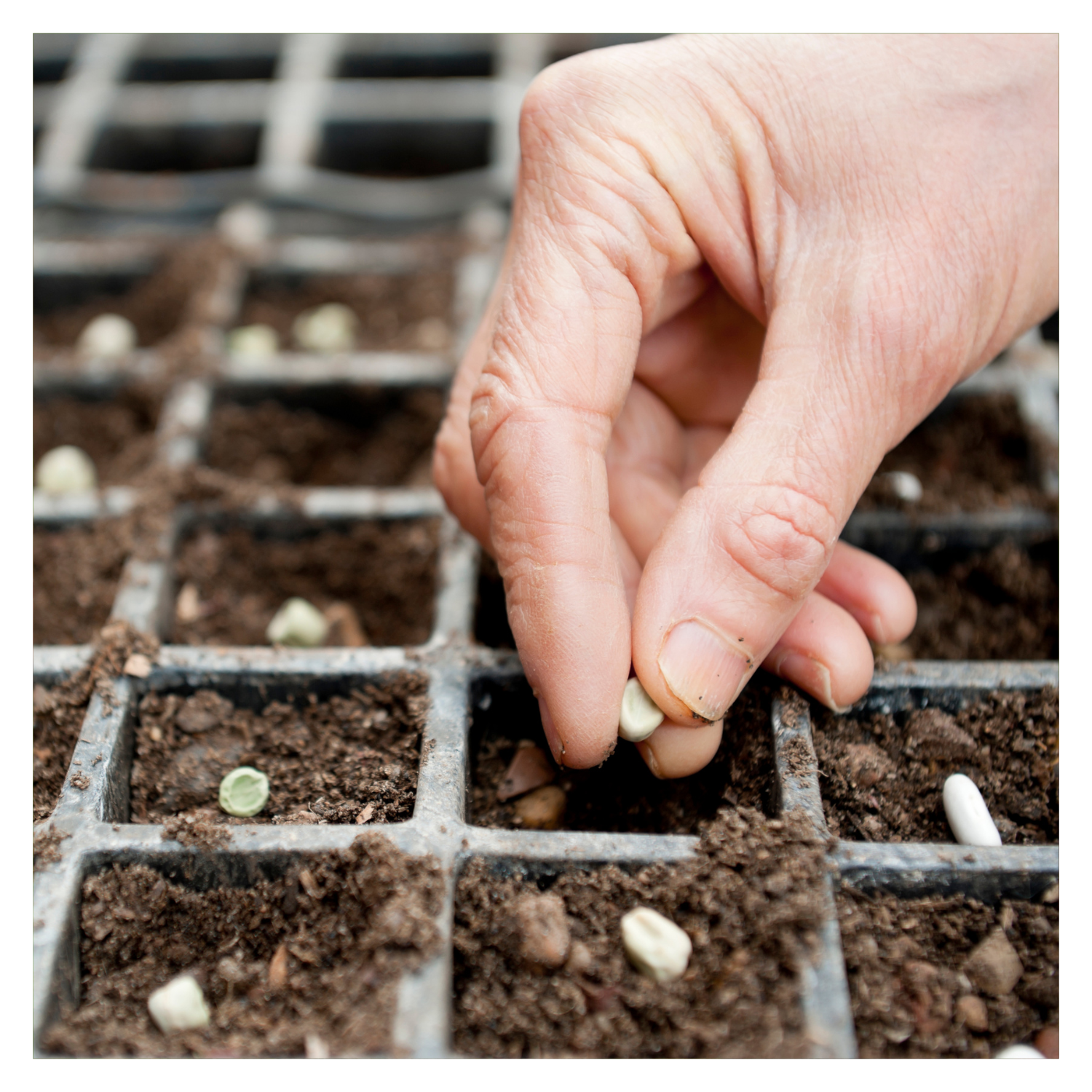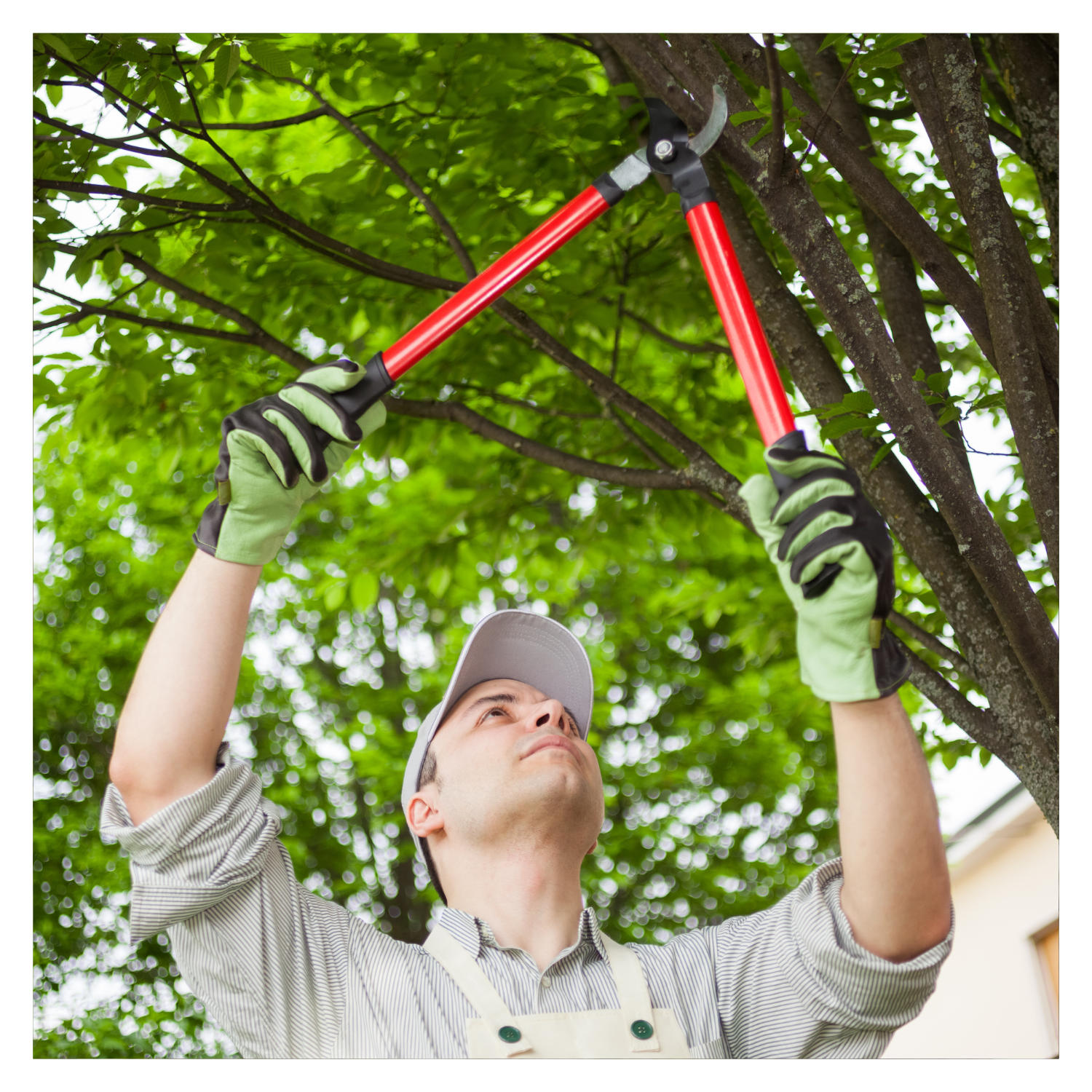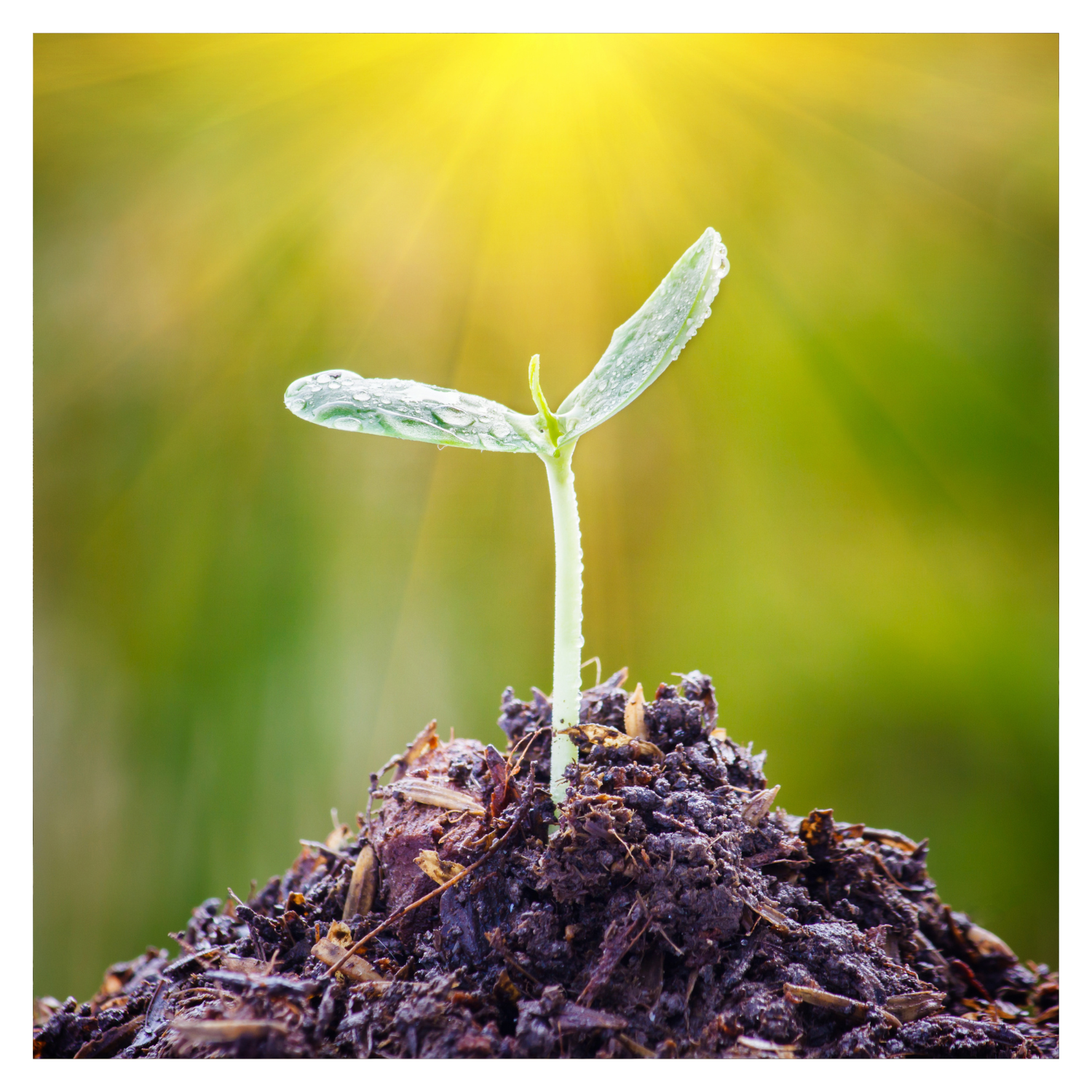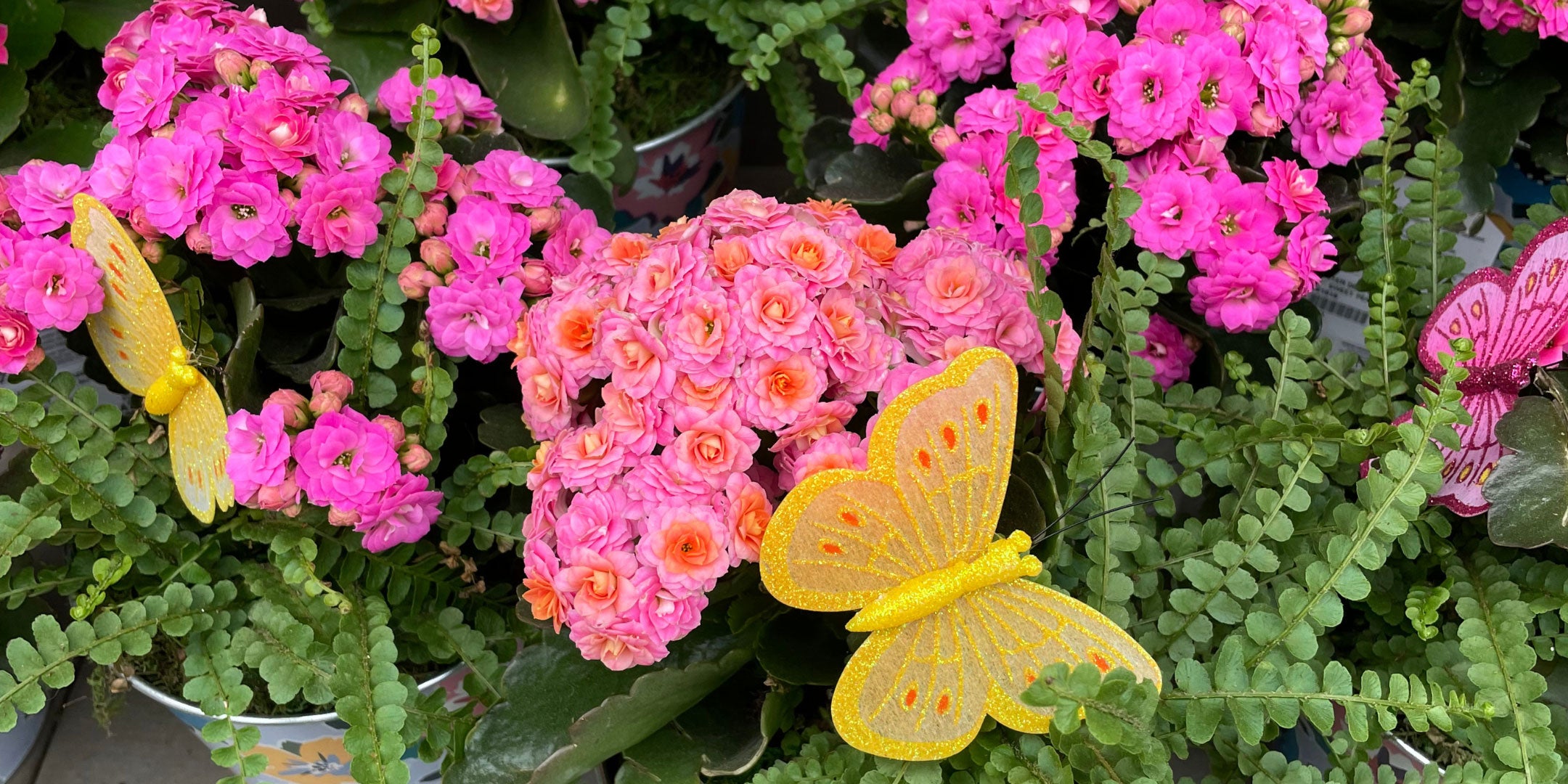Seed saving is a time-honoured practice that empowers gardeners to preserve cherished plant varieties, promote biodiversity, and foster self-sufficiency. By collecting and storing seeds from your garden, you ensure a continuous supply of plants well-suited to your local environment and personal preferences.
Benefits of Seed Saving
- Cost Savings: Harvesting your own seeds reduces the need to purchase new ones each season, making gardening more economical.
- Preservation of Heirloom Varieties: Saving seeds from traditional plant varieties helps maintain genetic diversity and protects these plants from extinction. Organizations like the Seed Savers Exchange have been instrumental in this effort, conserving thousands of heirloom seeds since 1975.
- Adaptation to Local Conditions: Seeds collected from your garden are acclimated to your specific climate and soil, often resulting in more resilient plants.
Steps to Successful Seed Saving
- Select the Right Plants: Choose healthy, robust plants that exhibit desirable traits such as flavour, size, and disease resistance.
- Understand Pollination Types:
- Self-Pollinating Plants: Beans, peas, tomatoes, and lettuce are ideal for beginners, as they are less likely to cross-pollinate.
- Cross-Pollinating Plants: Cucumbers, melons, and squash may require isolation to maintain pure strains.
- Harvesting Seeds:
- Dry Seeds: For plants like beans and peas, allow the pods to dry on the plant before collecting.
- Wet Seeds: Fruits such as tomatoes require fermentation to remove the gelatinous coating around the seeds. Scoop out the seeds, ferment them in water for a few days, then rinse and dry thoroughly.
- Cleaning and Drying: Ensure seeds are free from pulp and debris. Dry them in a cool, shaded area to prevent mold growth.
- Storage: Place dried seeds in labeled envelopes or jars. Store them in a cool, dark, and dry location. For long-term storage, sealing seed packets in a jar with a desiccant, such as powdered milk, and placing it in the refrigerator or freezer is effective.
General Seed Viability Guidelines:
The viability of seeds—meaning their ability to germinate and grow into healthy plants—varies depending on the plant species and storage conditions. Under optimal conditions, many vegetable seeds remain viable for several years, while others may lose viability more quickly.
- Short-Lived Seeds (1-2 years): Seeds such as onions and parsnips tend to lose viability rapidly and are best used within a year.
- Moderate-Lived Seeds (3-5 years): Seeds from plants like beans, peas, tomatoes, and cucumbers can remain viable for up to five years when stored properly.
- Long-Lived Seeds (5+ years): Some seeds, if stored under ideal conditions, can remain viable for extended periods. For example, certain varieties of cucumbers have been known to germinate after ten years.
- Place a sample of seeds on a damp paper towel.
- Enclose the towel in a plastic bag to retain moisture.
- Keep the bag in a warm location.
- Check after a week or two to see how many seeds have sprouted.
- Determine Which Seeds Need Stratification: Species such as black-eyed Susan (Rudbeckia hirta), wild columbine (Aquilegia canadensis), and wild bergamot (Monarda fistulosa) often require stratification.
- Cold Stratification Methods:
- Refrigeration: Place seeds in a moist medium (e.g., peat moss) inside a sealed bag, then refrigerate for 2-3 weeks.
- Outdoor Stratification: Sow seeds outdoors in late fall; natural winter conditions will fulfill the stratification requirement.
Optimal Storage Conditions:
To maximize seed longevity, it's essential to store seeds in a cool, dark, and dry environment. A common guideline is that the sum of the storage temperature (in degrees Celsius) and the relative humidity percentage should be less than 60. For instance, if the storage area is maintained at 5°C, the relative humidity should be below 55%.
Assessing Seed Viability:
Before planting older seeds, it's advisable to perform a germination test:
If less than 50% of the seeds germinate, it may be more effective to purchase fresh seeds.
By adhering to proper storage practices and regularly testing germination rates, you can ensure the seeds you plant are viable, leading to a more successful and productive garden.
Seed Stratification for Northern Ontario Wildflowers
For gardeners in Northern Ontario (Zone 4), growing native wildflowers from seed can enhance local biodiversity and support pollinators. Many native wildflower seeds require stratification—a period of cold, moist conditions—to break dormancy and encourage germination.
How to Stratify Wildflower Seeds
Contributing to Global Conservation Efforts
Seed saving extends beyond personal gardens. Global initiatives, such as the Svalbard Global Seed Vault in Norway, aim to preserve crop diversity by storing seeds from around the world. Recently, over 100,000 seeds from 177 African species were deposited to safeguard these vital genetic resources.
By participating in seed saving, you not only enhance your own garden but also contribute to the preservation of our planet's botanical heritage.




